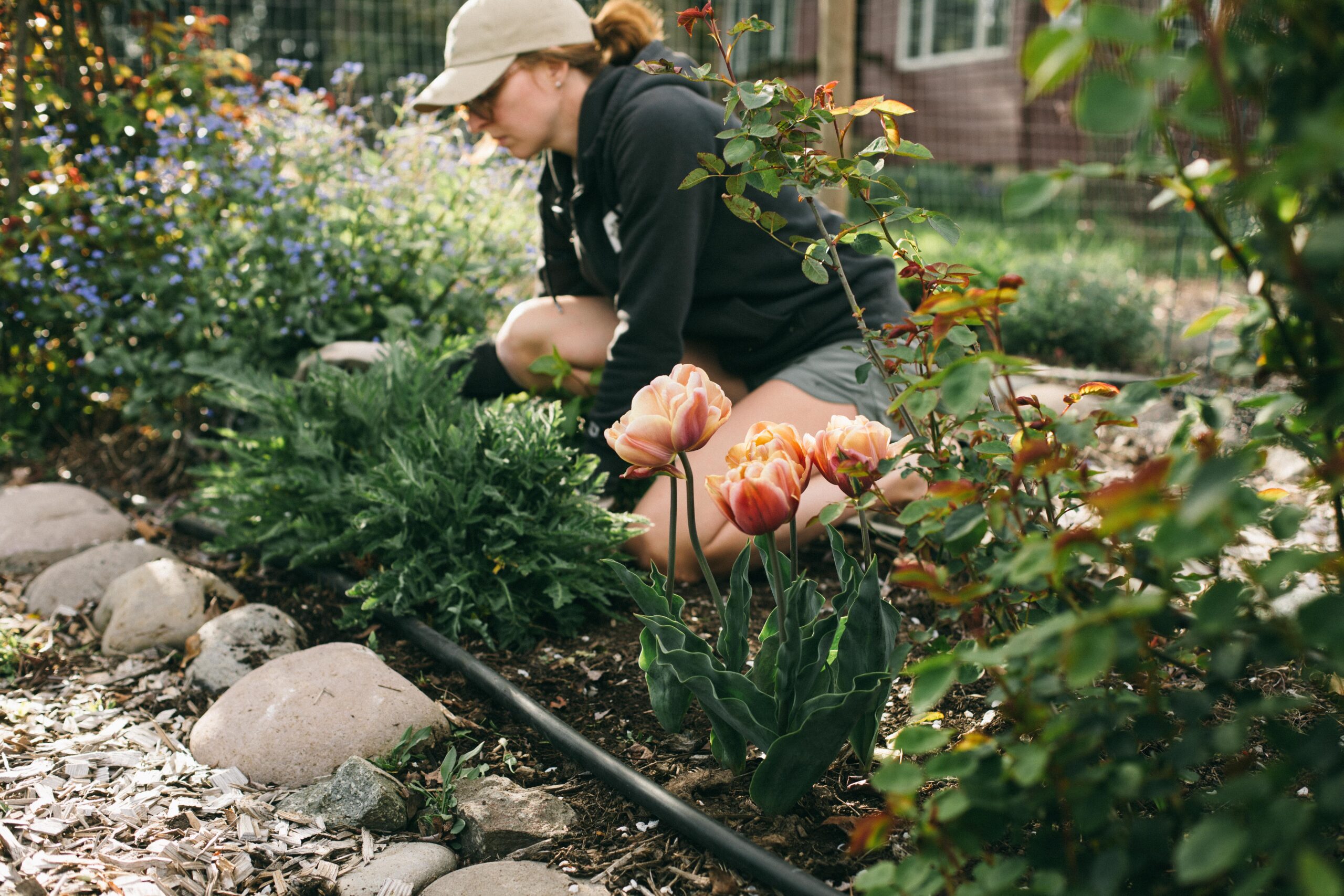
Weeds. They’re everywhere. We all face them. Noxious weeds, invasive weeds, weeds that choke out beneficial plants and weeds that must be pulled. Ever notice that positive words are hardly ever used alongside the term “weeds?” Today we’re going to dive into all things weeds. I’ll share how I manage them in my gardens and some tips and tricks you might want to use in yours.
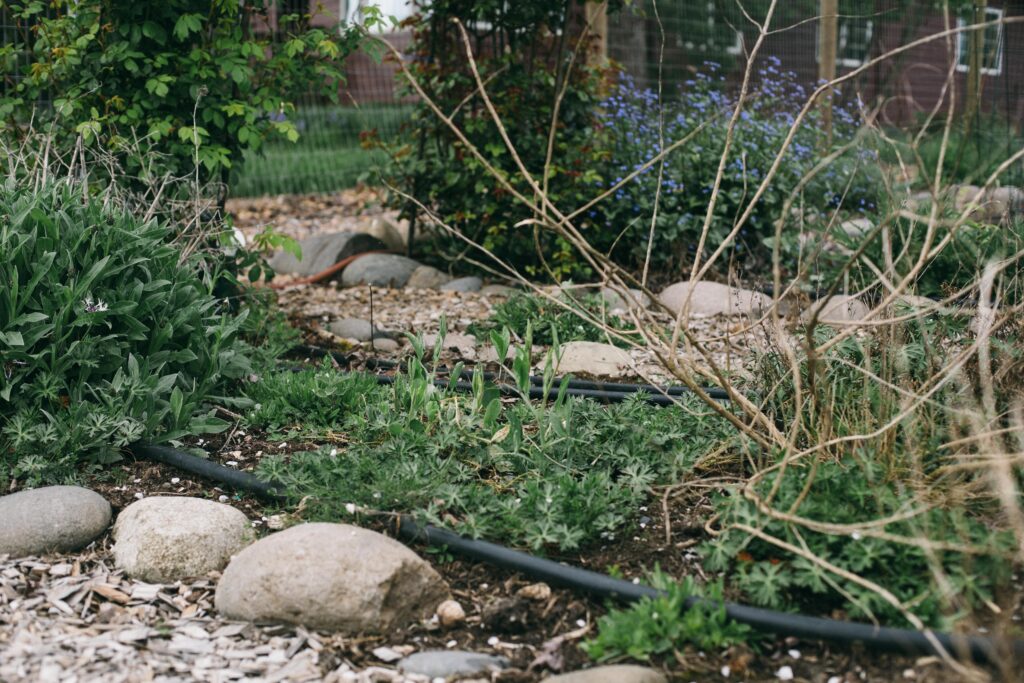
Managing weeds in the garden
First of all, let’s take a second to be honest with ourselves. There’s gonna be weeds.
No matter what system you use, no matter which tool, product or regimen you implement, there are going to be weeds.
So cut yourself some slack, let go of the expectation that your garden is going to be a perfect weedless paradise, and remember that the goal is weed management not absolute elimination. As long as we live in this broken world, there will be weeds.
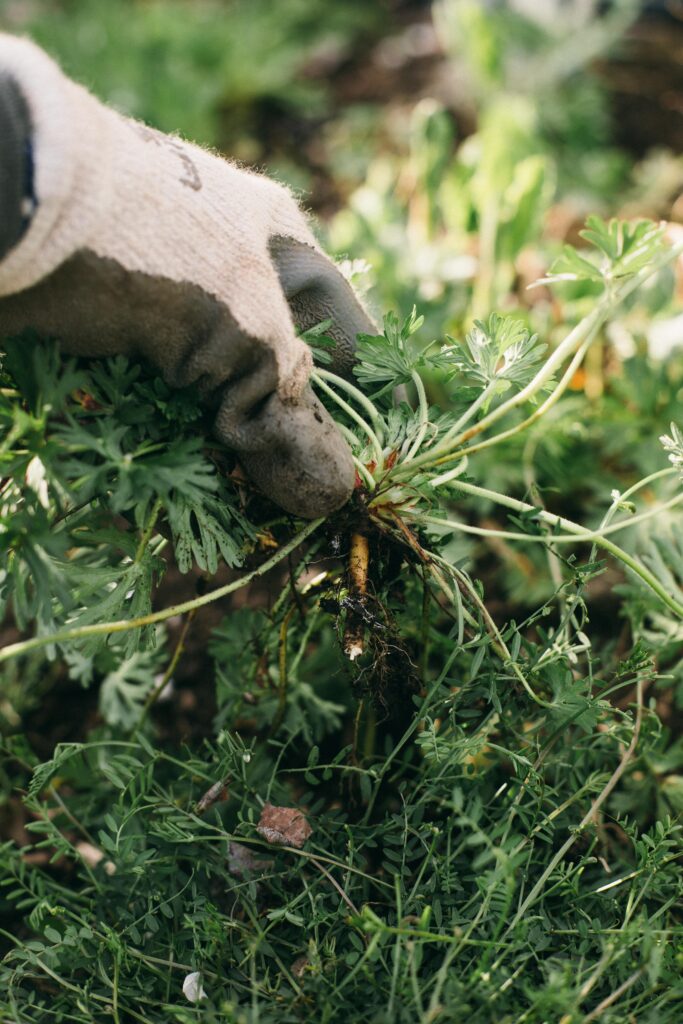
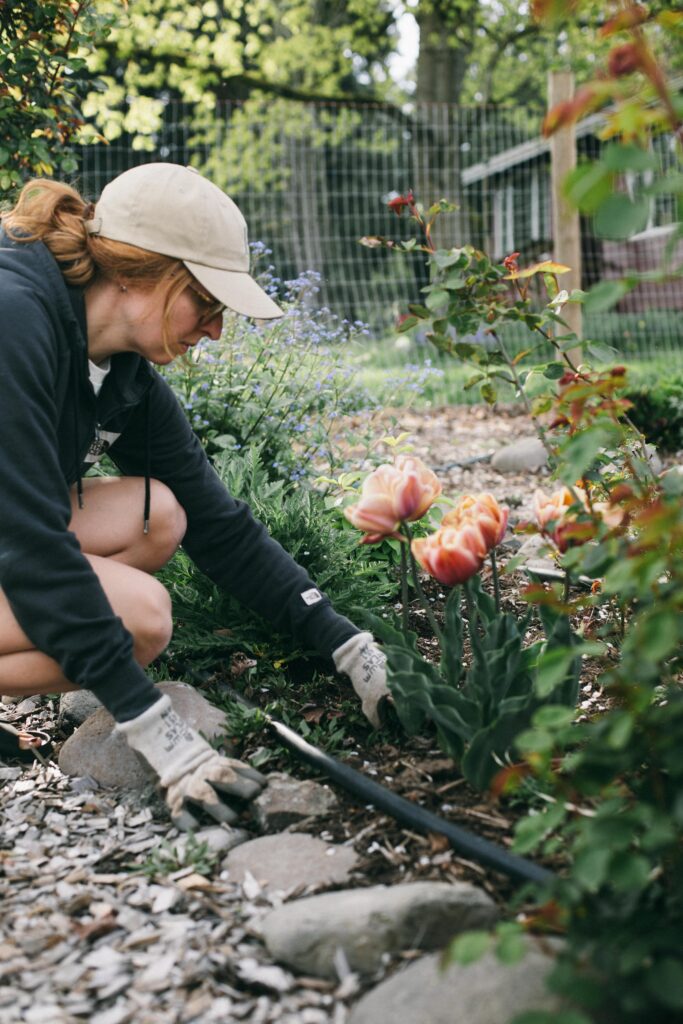
Natural ways to tackle weeds in your garden
As you may imagine, there are quite a few ways to deal with weeds in your garden. Here’s a few different methods I implement in my growing spaces to keep things under control.
- Pull weeds every day. Rather than a marathon weeding session where you spend hours on end cleaning out every square inch of your garden beds, I prefer to stop by the garden at least once a day and pull maybe one bed’s worth of weeds. My Potager garden has 10 beds, which can feel super overwhelming. But, if I take them one at a time, it is not too hard to cover a 4′ x 8′ bed in 15-20 minutes.
- Use weed tarp. I have a love/hate relationship with weed tarp. And some may argue this isn’t a natural method at all, but I’m counting it anyway. I use the word “tarp” to describe the heavy-duty stuff, not the thin, cheap kind you can get at the big box stores. If you’re going to use it, do yourself a favor and go for the real deal.
The trick with weed tarp I have found, is that you don’t want it anywhere you are going to be planting often. For example, I just used it as I cleaned out an overgrown flowerbed on the East side of our house. We put down the weed tarp, planted 8 hydrangeas in the bed and covered it with wood chips. I don’t plant to be in and out of there much AND I won’t be eating anything from that bed. I don’t love the idea of the plastic tarp on soil where I’m growing food.
The “No-Dig” Method
When we first moved to our homestead I was so excited about all the incredible space I would have for gardening. There was an area just east of the house with full sun, a slight slope and relatively flat ground that I had my eye on. The only issue was…it had been a livestock paddock, which meant it was full of very thick, very deeply rooted pasture grasses. We did initially till the whole space 40′ x 100′, just to get it level, but then very quickly implemented Charles Dowding’s No-Dig Method.
Though we lined the garden paths in weed tarp, for the beds, we laid down a layer of cardboard, 6-8 inches of fresh compost and then edged the beds with river rock for some delineation. In retrospect, I wish I’d cardboard-ed the paths as I spend far more time pulling weeds from those than I do the beds.
Every Fall we top off the beds with about 2 inches of fresh compost, and this last winter I mulched them with leaves from our many trees. On year 3, my beds are looking about as weed-free as I’ve seen them so far. A quick Spring cleanup is all it will take to be ready to plant!
Chemicals I have occasionally used for weed control
My husband will tell you that I am vehemently opposed to herbicides, pesticides and anything of the like. One of the selling points for me on our homestead was the fact that the previous owners refused to use chemicals of any kind. I was absolutely determined to never grace this space with anything synthetic. Well, best laid plans. Here are a few things we’ve used on our homestead for various reasons.
- Pre-emergent. In super gnarly flower beds, especially suffering from a grass takeover, I will admit to using pre-emergent. I haven’t actually used this on our current property, but I did at our last house. NEVER in the vegetable garden, or near anything I consume. It worked ok, but I haven’t used it in a few years, so not crucial.
- Herbicide for poisonous plants. The summer after we first moved here, my youngest son kept getting a mysterious, and very itchy rash. Well, come to find out, our property has not only poison oak but also poison hemlock. My poor husband has had it so bad, he’s ended up in Urgent Care a few times after working outside. So while I only allow it out in the pastures where nobody goes, we have sprayed out the poisonous plants. We use a glyphosate-free herbicide. These plants are extremely difficult to eradicate and have caused suffering for my family. It was the right call.
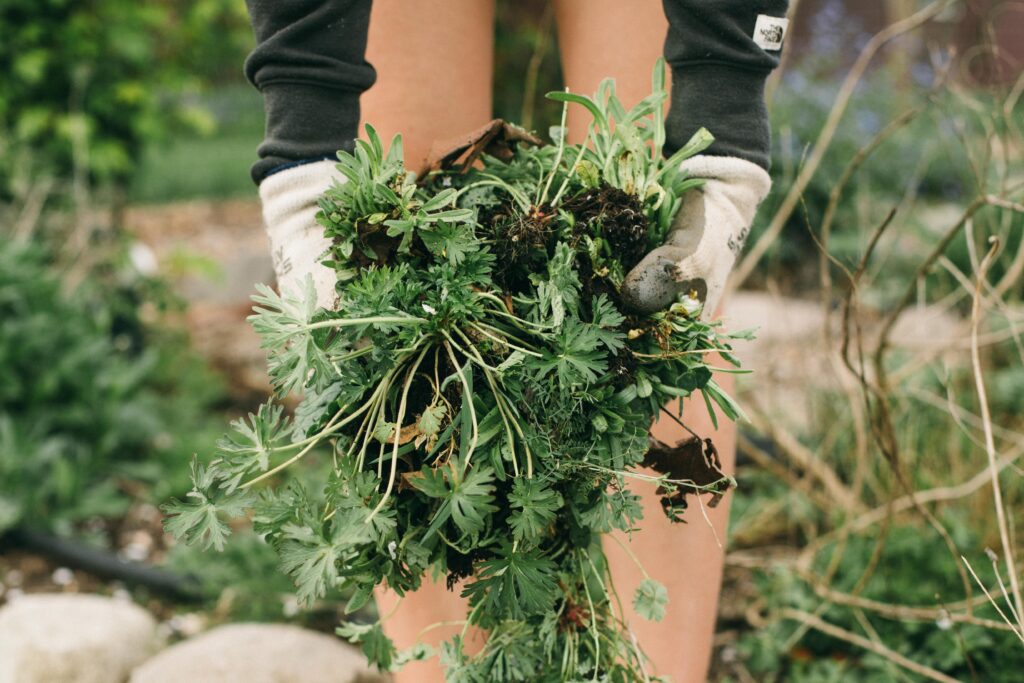
Best methods for weed removal
There are many different ways to pull or deal with weeds. Here are a few that I’ve tried and what I use most regularly.
- By hand. There is nothing, and I repeat, NOTHING better than getting down on your hands and knees in the dirt and pulling weeds out by hand. It’s really the only way to ensure you get the whole thing, root and all. It helps you get to know the difference between weed seedlings and plant seedlings, it helps you work out your pent-up feelings and gets your hands in the dirt, which has been proven to have various health benefits.
- Hand tools. If your soil is healthy, pulling weeds by hand is easy-peasy, but if you are still on your way to optimum soil health and texture, hand tools can really help in the process. They still get you down close to the soil, getting the best handle on your beds, but they also give you the boost and leverage you need to deal with the more stubborn weeds. A few of my favorite hand tools are a Hand-Held Cultivator and an All-Pro Trowel. There’s not a lot of weeds that will survive those two tools.
- Standing tools. Personally, I dislike standing garden tools of any kind, but I imagine that as I age they will become more important. I have used a Triangle Weeder like this before, and it seemed to work pretty well.
Think outside the box
- Flame weeder. I have never tried this, but I am kind of fascinated by the idea! We just purchased a couple hundred Christmas trees to plant in our West pasture and I imagine this tool will come in super handy once we’re dealing with weeds out in the tree field.
- Homemade weed sprays. You can hardly scroll social media without stumbling upon somebody’s homemade concoction for dealing with weeds. There are a myriad of recipes with Dawn dish soap as the main ingredient. I have used white vinegar a few times, but like I said earlier, I’m of the school that there are no better tools than the two hands God gave you.
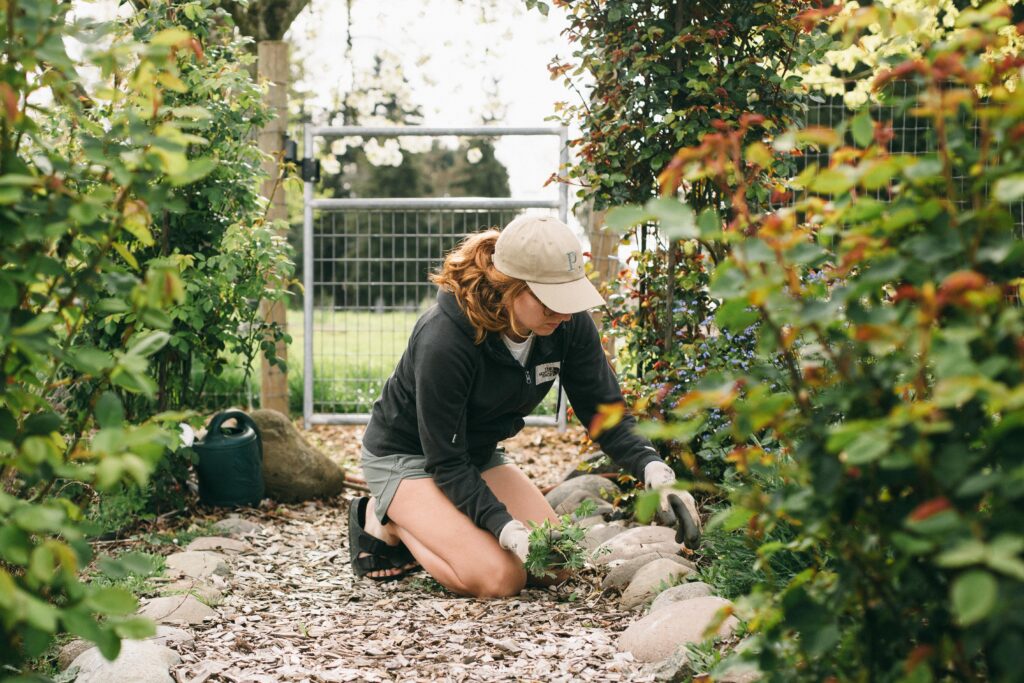
Are there different types of weeds?
Yes! I had no idea this was a thing until a few years ago when I was watching The Seasonal Homestead’s YouTube channel and she was talking about annual vs. perennial weeds. What!? Who knew!? I mean, it totally makes sense. Most plants fall into one of these two categories. Weeds are just unwanted plants, so why wouldn’t they?
Annual weeds
Annual weeds grow from seed, bloom once and die off after that. The trick with most annual weeds is removing them before they bloom and go to seed, preventing the spread of their seeds and regrowth next year. A pre-emergent product can also be used to help prevent annual weeds. A few examples of annual weeds in my area (Oregon) are:
- Black medic, puncturevine and yellow starthistle.
Perennial weeds
Perennial weeds return every year, blooming repeatedly from the same plant. Most commonly, the best method of removal is manual. You know what that means? Pulling it out by the root, usually by hand. Time to get down and do the dirty work! A few examples of perennial weeds are:
- Dandelions, bindweed, ivy, blackberry, knapweed, knotweed, thistle, toadflax, laurel, hogweed, whitetop and and loosestrife.
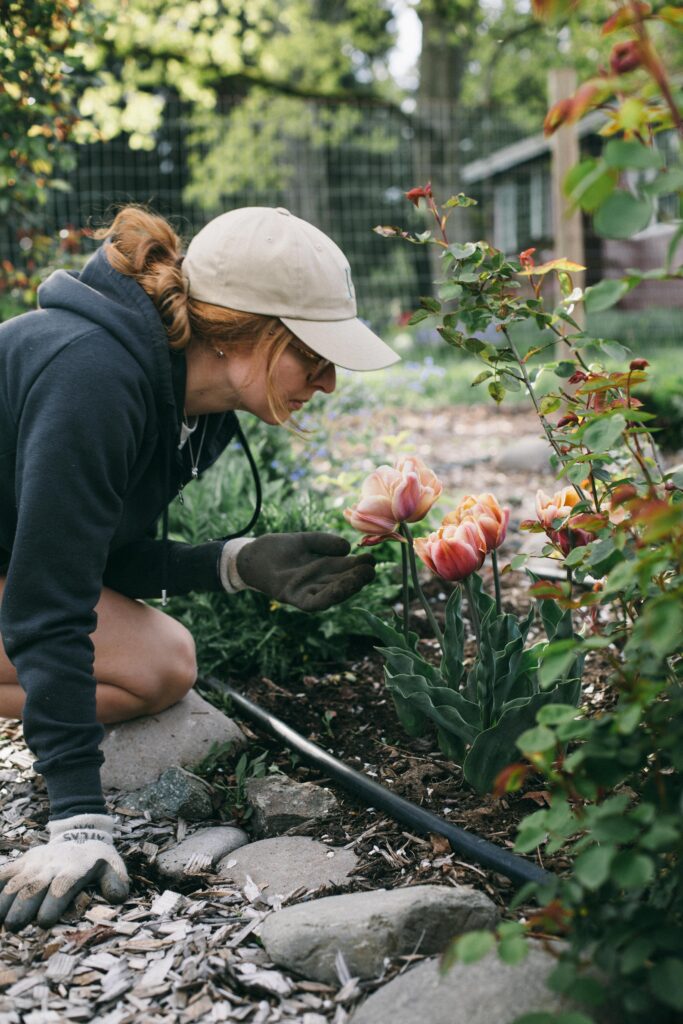
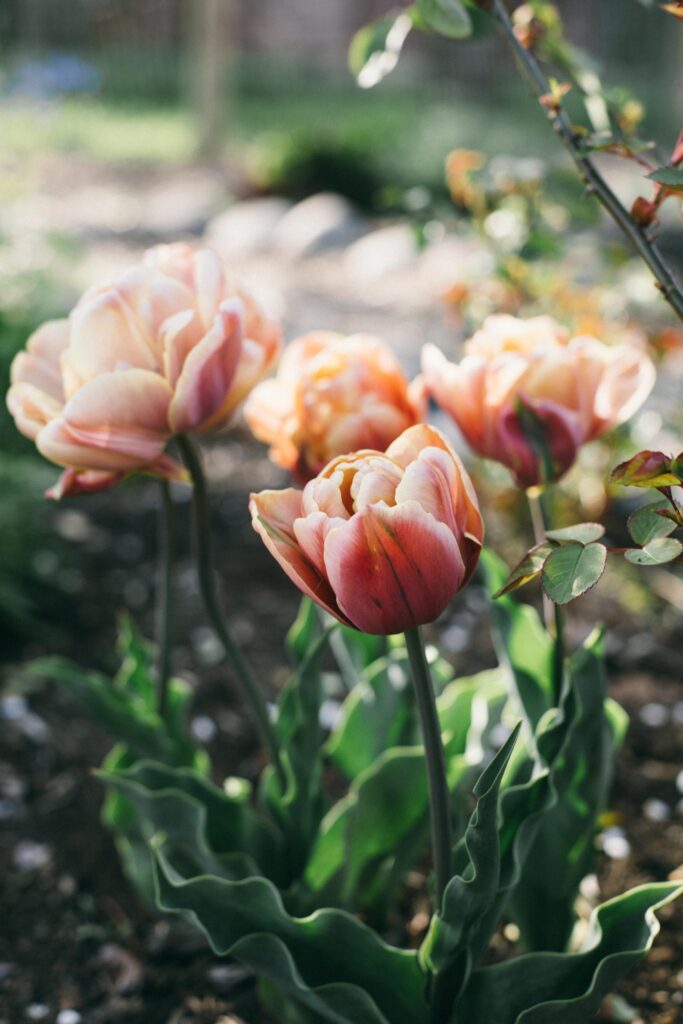
Other methods for beating the weeds
So you pull your weeds, hoe your weeds, burn your weeds and do all the things. But WHAT ELSE can you do to beat these suckers!? Here’s a few other methods for gaining ground on those invasive jerks.
- Mulch. Whether it’s an annual (or bi-annual) layer of fresh compost, a nice heavy coating of wood chips (free from the local tree trimmer!) or beautiful bark dust, covering open soil is a sure fire way to cut down on weeds. I’ve heard it said that Mother Nature doesn’t like to be naked, so she’ll cover bare soil one way or another. If you take care of covering those bare spots, it is much less likely that old Mother Nature will do it.
- Plant heavily. Another way to prevent or cut down on weeds is by planting the good stuff nice and thick. The more plants you have taking up space, sun, water and soil, the less likely it is the weeds will gain any ground. It’s like using their own strategy against them. Weeds grow and choke things out, but not if you choke them out first!
- Silage tarp. This is the first year I have used a silage tarp in my garden, but I can tell you that it is super effective! The last three years I’ve battled a long strip of unfinished space in my garden. It’s probably a 12′ x 100′ area. and it’s been nothing but an overgrown weed patch. Last fall I finally bit the bullet and ordered a silage tarp, and wouldn’t you know, there is not one thing living under there. The bed is ready for prepping and planting with very little effort on my part!
My favorite tools for managing weeds in the garden
I already kind of talked about my favorite hand tools, but here are all my very favorite tools for dealing with weeds.
- All-Pro Trowel. Deep dandelion roots or poky thistles to deal with? This guy will take care of them! I love the pointed tip too, as it prevents too much dirt from being taken as you pry up weeds. I also really like this guy for planting.
- Hand Cultivator. There’s nothing like a little garden fork to pry those stubborn weeds out of dry or hard soil. We get a lot of rain in Oregon, which sometimes results in soil erosion and compaction over the winter. This little guy is perfect for not only weeding, but aerating the soil as you work things up.
- Lightweight Tote. Since I prefer to be on hands and knees when I’m dealing with weeds, having a lightweight tote I can haul back and forth to my wheelbarrow is crucial. I prefer bright colors so I don’t lose them in the jungle that is my garden come July.
- Knee pads. I have a love/hate relationship with knee pads, but by planting time, my poor knees are usually looking like Elephant skin. These soft, neoprene ones don’t rub in the back and stay put much better than the construction kind with straps. In my experience, no knee pad is perfect, but these do the job just fine.
Share your wisdom!
What are your tried and true methods for dealing with pesky garden weeds!? Leave a comment below with all your tips and tricks! And, make sure you pin this image so other gardeners can snag these ideas to implement in their garden. We all need a little encouragement now and then!
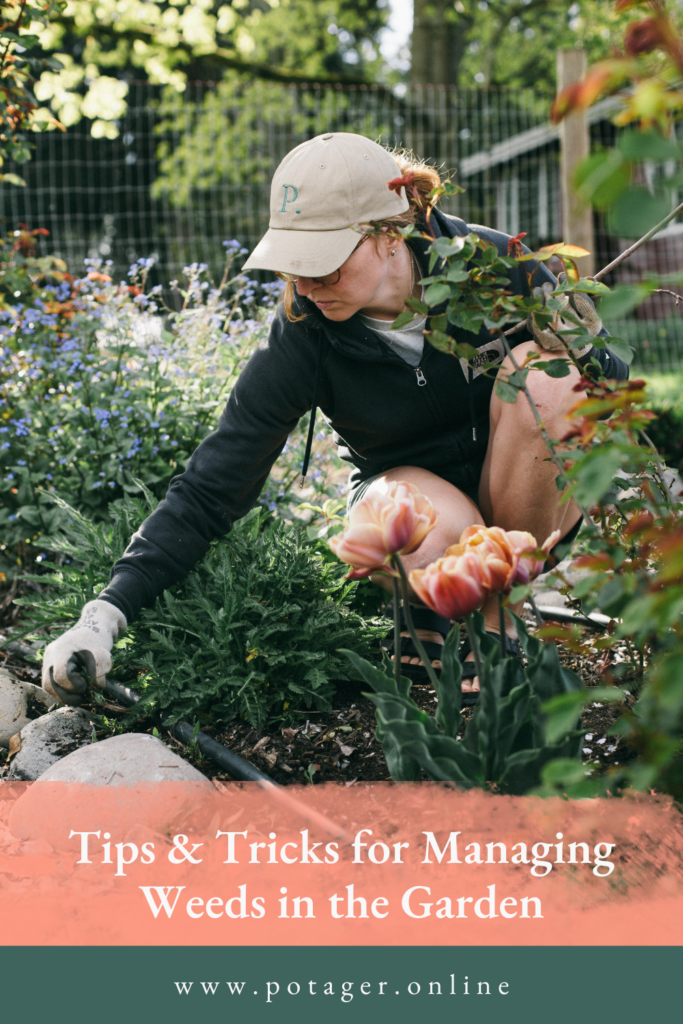
Kali
About Me
Hi! I’m Kali. Oregon mama, farmer’s wife and creator of the Potager book and blog. Join me and as we cook and garden the seasons!

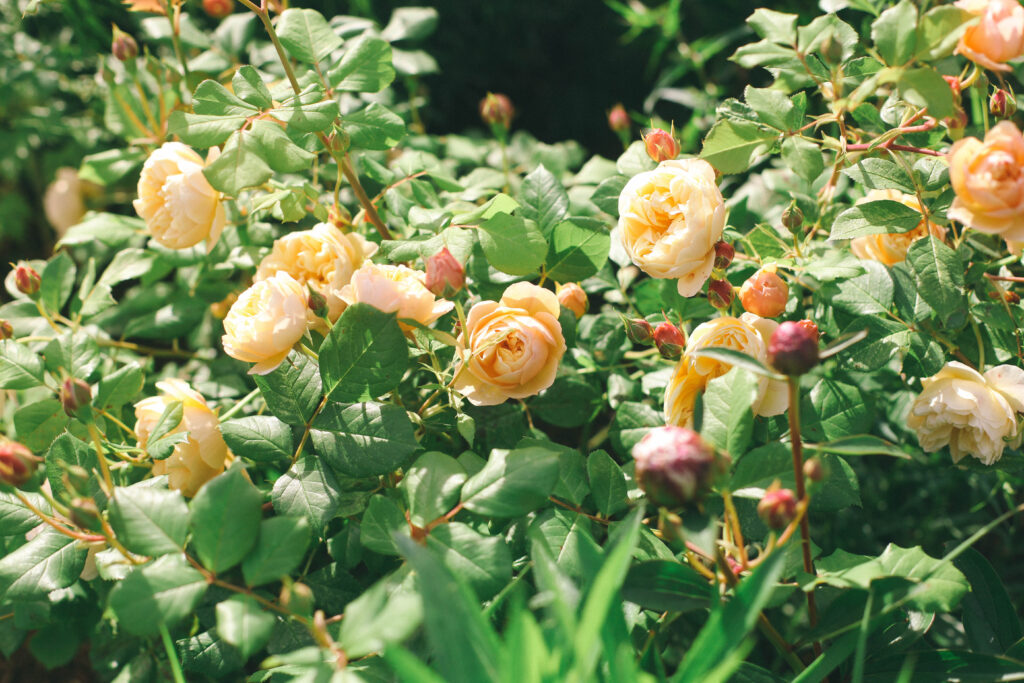
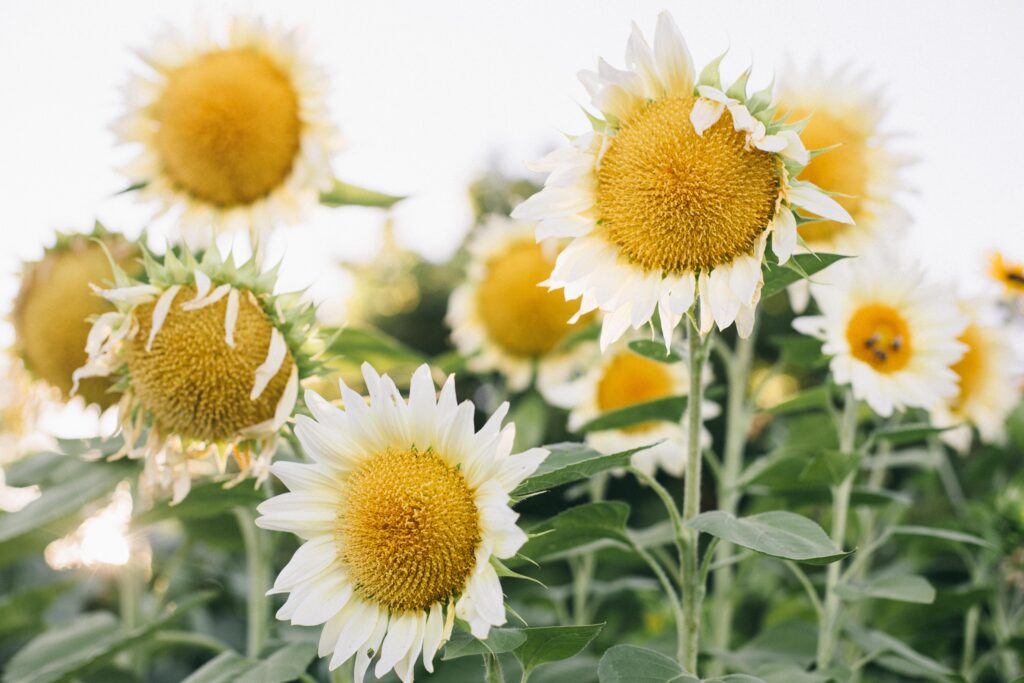





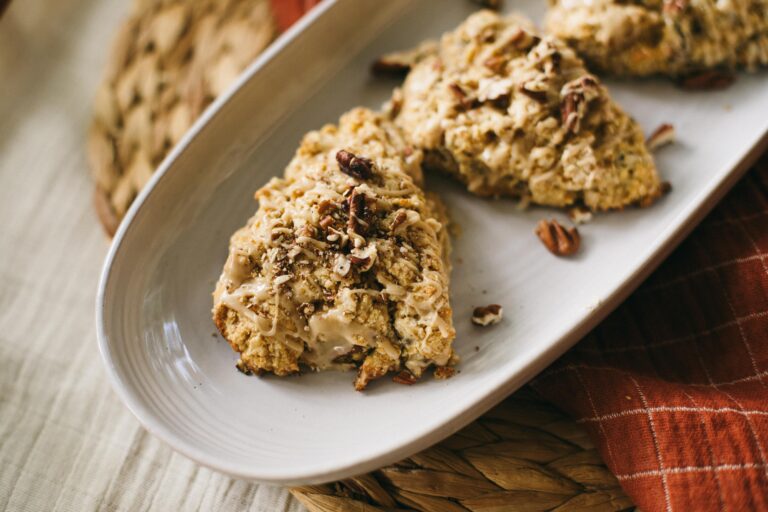

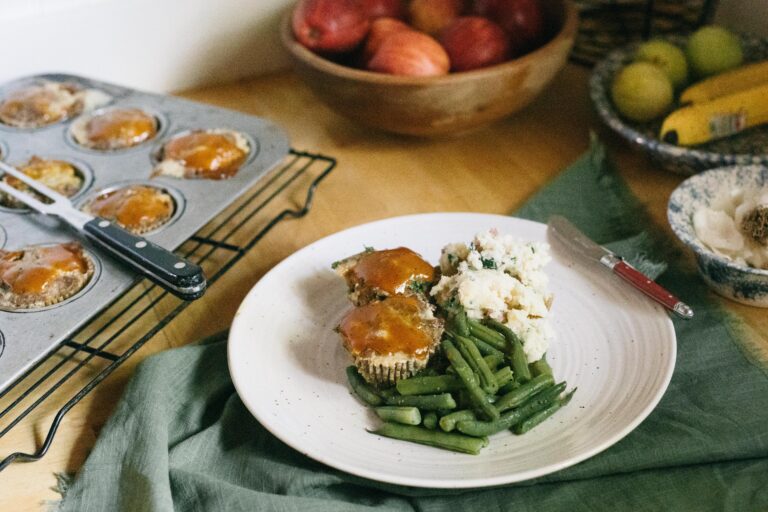

Comments (3)
Sandy
April 13, 2024 at 2:09 am
Kali, I don’t have weed wisdom but this year I bought a collapsible Fiskar trash bag to use in lieu of a heavy wheelbarrow for all those weeds. Game changer!!!
Kali
April 14, 2024 at 2:34 pm
Oooh that’s a great idea! Thanks for sharing!
Darrell
June 10, 2024 at 1:31 pm
Just found your blog after listening to an interview with Lisa. Good blog. I garden further north than you, but my nemesis is quack grass AKA couch grass. It is persistent! I built beds last year by putting cardboard down and covering with compost and although there is quack grass in them this spring, it is relatively easy to get out. I am hoping that when I get my pathways done, it will become a dull roar. In the garden, I ended up resorting to woven ground cover – i was leery, but put it under the 150 tomatoes I planted last year – game changer! I made some home made ground cover but also purchase the Dewitt brand. I too also plant densely – it may require a first weed but once plants grow up, it shades out weeds. Good Job!